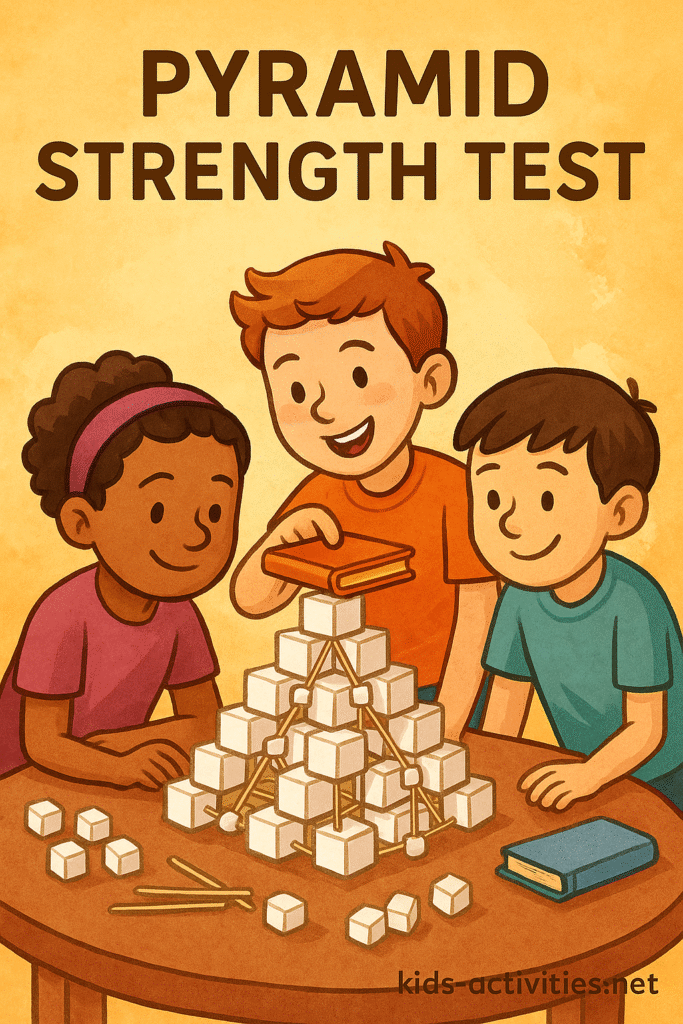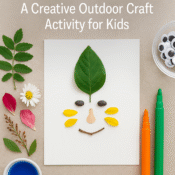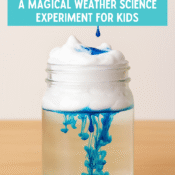
Ancient Engineers: How Kids Can Explore Civilizations Through Hands-On Architecture Challenges
Connecting Kids to the Great Civilizations of the Past
Kids often hear about ancient civilizations like Egypt, Mesopotamia, the Maya, and ancient China in school. But for many, these societies seem as distant as fairy tales—grand but intangible.
Without sensory, experiential connections, the achievements of ancient engineers—pyramids, aqueducts, ziggurats, temples, irrigation systems, and city walls—can feel irrelevant to today’s young learners.
How do we help children truly feel the wonder of ancient ingenuity? The answer lies in hands-on exploration: through architecture, engineering, and creative problem-solving projects that make history come alive.
Hands-on STEM projects are one of the best ways to connect kids to historical learning. Building, testing, and innovating allows children to understand the challenges ancient people faced—and appreciate the brilliance of their solutions.
Build, Innovate, Understand
Engineering marvels are not just about stone and mortar—they are about solving human needs:
- Shelter (protection from nature and enemies)
- Water management (irrigation, aqueducts)
- Community spaces (temples, markets, forums)
- Defense (walls, moats, fortresses)
By encouraging children to design, build, and test miniature versions of ancient structures, we empower them to:
- Think like ancient architects
- Experiment like early engineers
- Solve real-world problems using timeless principles
- Build 21st-century critical thinking and design skills
Exploring ancient architecture for kids also ties beautifully into broader learning goals:
- STEM: Force, gravity, material science
- History: Civilizations, migration, cultural development
- Art: Symbolism, construction aesthetics
Core Activities
1. Pyramid Strength Test – Ancient Egypt Challenge

Objective: Explore the stability and enduring strength of pyramid structures.
Materials:
- Sugar cubes or mini marshmallows
- Toothpicks
- Cardboard base
- Light weights (small books, toy blocks)
Instructions:
- Build a pyramid using sugar cubes and toothpicks.
- Test the pyramid by gradually adding weight to the top.
- Record how much weight the structure holds before collapsing.
- Modify designs—make it wider, reinforce the base—and retest!
Educational Tie-In:
- Physics: Weight distribution, center of gravity
- History: Egyptian innovation in tomb design
- Math: Area and volume of triangular structures
Extension Tip: Research how pyramid geometry helped structures survive thousands of years in harsh desert environments.
Further Exploration: Try building pyramids using clay or sand to simulate different material properties. If the structure fails, brainstorm what ancient builders might have done differently!
2. Aqueduct Water Race – Roman Engineering in Action

Objective: Simulate Roman aqueducts and explore gravity-fed water transportation systems.
Materials:
- Paper towel tubes or small PVC pipes
- Plastic wrap
- Tape
- Water
- Small ball or marble
Instructions:
- Construct an aqueduct channel using tubes and plastic wrap.
- Set a start and end point at different elevations.
- Test if water (or marbles) can travel successfully from source to destination.
- Adjust slopes and curves to improve flow efficiency.
Educational Tie-In:
- Engineering: Gravity-based water systems
- Problem-Solving: Overcoming terrain challenges
- Geography: Importance of fresh water for ancient cities
Teacher Tip: Create a “flood challenge” by introducing obstacles and requiring aqueduct builders to redesign paths to keep water flowing.
Real-World Connection: Discuss how similar principles are still used today in hydroelectric dams and irrigation projects!
Quick Variants
Ziggurat Stack Challenge:
- Build a stepped pyramid (like a Mesopotamian ziggurat) using wooden blocks.
- Discuss why religious temples were built on high platforms—both symbolic and practical reasons.
- Learn more about how ancient civilizations engineered their world!
Temple Gateway Engineering:
- Design and build a sturdy arched entrance for a temple using paper, clay, or cardboard.
- Explore why the arch, first developed by ancient Mesopotamians, revolutionized architecture.
- Discover more history-based STEM projects for kids!
Moat Defense Simulation:
- Build small-scale walled cities using LEGOs or blocks.
- Create a “flood” using water poured into moats—whose walls survive best?
- Dive deeper into ancient defensive engineering tactics!
Ancient Bridges:
- Research ancient bridge designs like Roman stone arches or Incan rope bridges.
- Challenge kids to build a model bridge that can hold a toy car.
Carving Codes:
- Create “stone tablets” from clay and let children design their own symbolic language like ancient Sumerians.
- Explore the connection between communication and civilization growth!
Free Download
Boost your engineering adventures with our printables,included:
- Ancient Civilizations Architecture Challenge Cards (PDF)
- Pyramid Strength Test Recording Sheet (PDF)
- Aqueduct Race Instructions & Score Sheet (PDF)
- Moat Defense Strategy Guide (PDF)
Perfect for project days, homeschool curriculum, or rainy day STEM!
Key Takeaways
Ancient civilizations weren’t just history—they were incredible STEM innovation hubs.
Every pyramid built, every aqueduct designed, every city wall reinforced was a story of human creativity, resilience, and problem-solving.
By allowing children to build and test ancient designs themselves, we offer them a way to connect deeply with the past while sharpening skills essential for the future.
Today’s cardboard pyramid could inspire tomorrow’s skyscraper.
Give your young learners the chance to dream bigger, design smarter, and celebrate the genius that shaped our world.
Explore more hands-on history adventures at [Kids-Activities.net Resources Page]!





[…] courses are more than just a playground for your little ones? They’re a secret weapon for supercharging your child’s brain development! Imagine watching your kids giggle and squeal as they navigate colourful, bouncy challenges, all […]